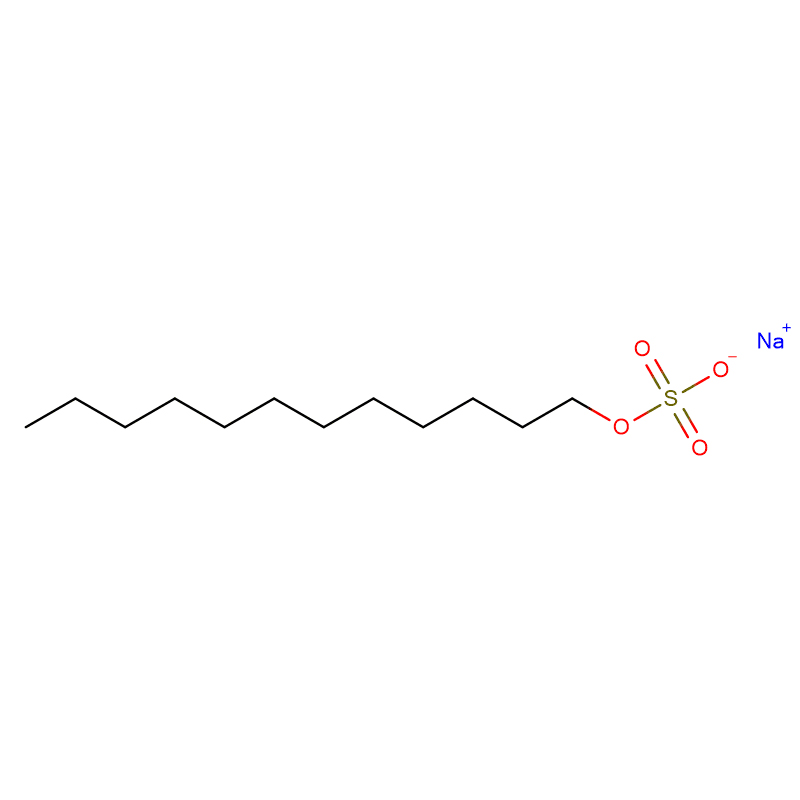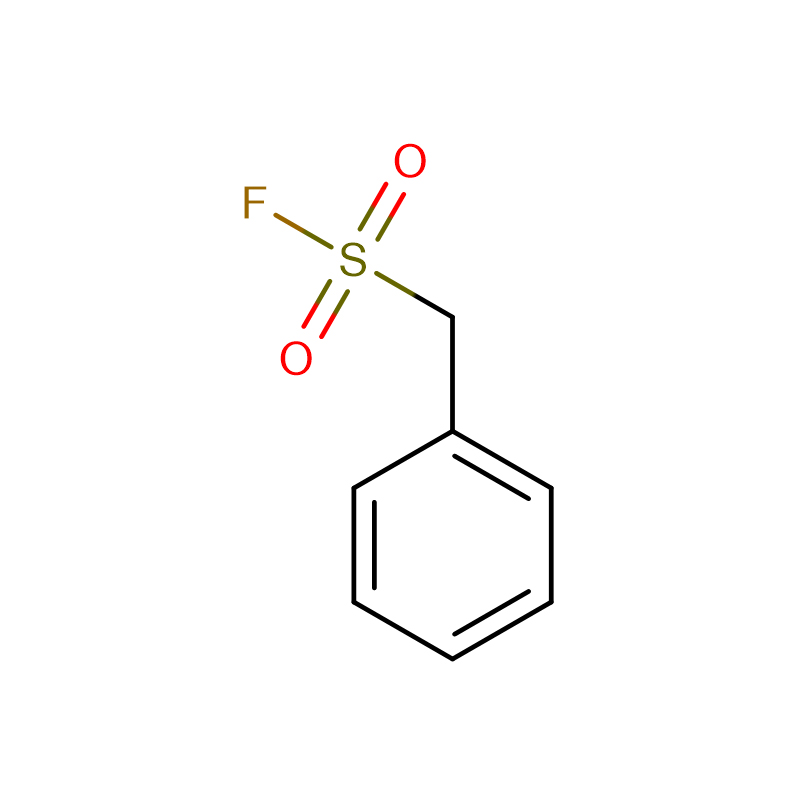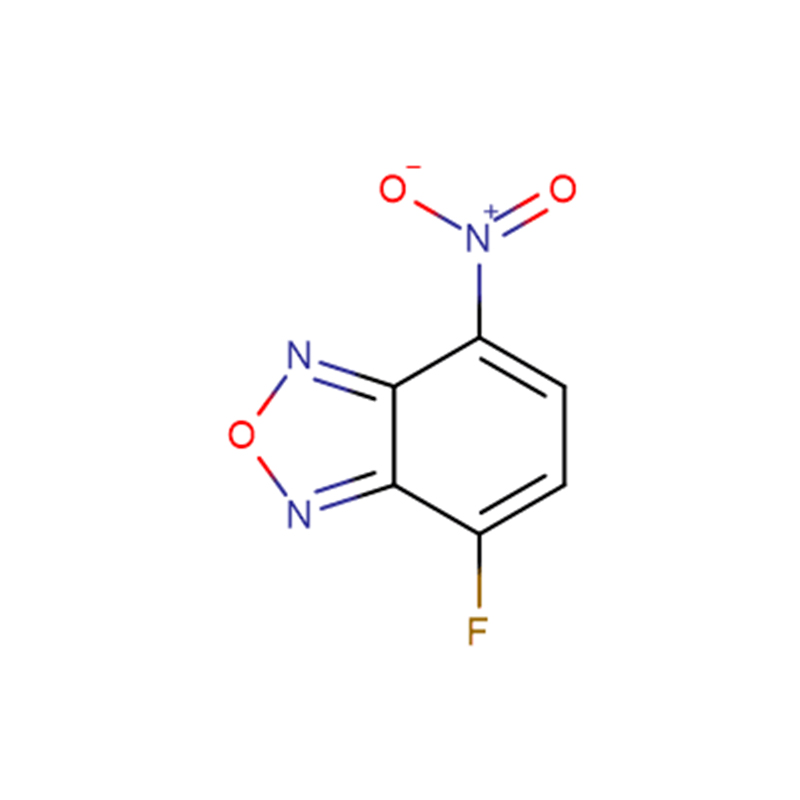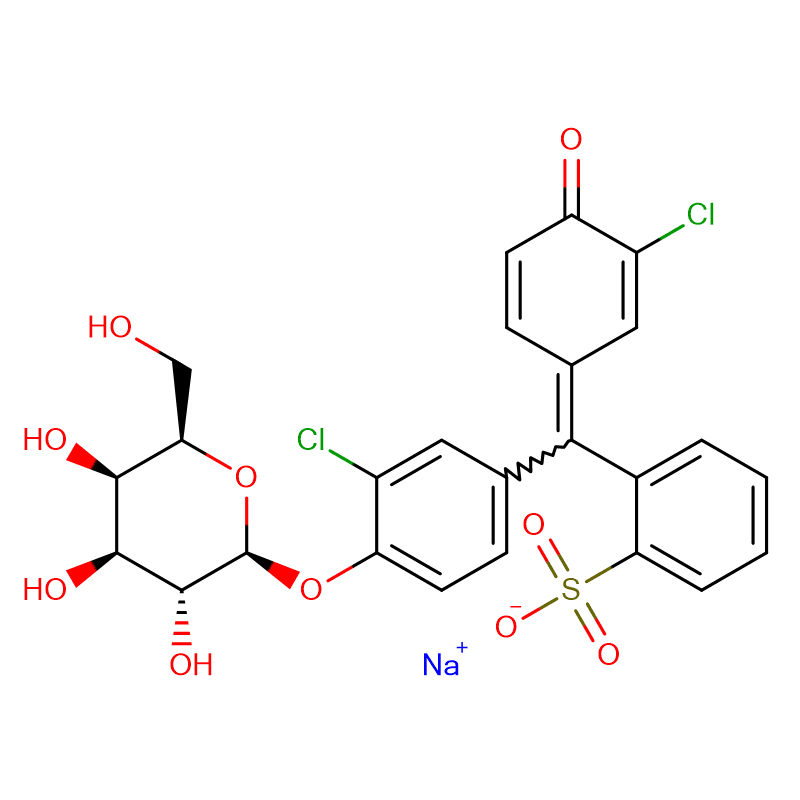Sodium Dodecyl Sulfate Cas: 151-21-3 99% White to off-white powder
| Catalog Number | XD90200 |
| Product Name | SDS (Sodium dodecyl sulfate) |
|
CAS |
151-21-3 |
|
Molecular Formula |
C12H25NaSO4 |
|
Molecular Weight |
288.3778 |
| Storage Details | Ambient |
| Harmonized Tariff Code | 29041000 |
Product Specification
| Assay/Purity | 99% |
| Water | 3.0% max. |
| Lead | < 0.0005% |
| Storage Temperature | +20 ° C |
| Molecular Weight | 288 |
| Copper | < 0.0005% |
| Purity | 90.0% min. |
| Phosphate | < 0.0005% |
| Absorbance | A<sub>260</sub>: < 0.1, A<sub>280</sub>: < 0.1 |
| DNases/RNases/Proteases | None detected |
| Chloride | < 0.1% |
| Appearance | White to off-white powder |
| Petroleum ether soluble substances | 0.90% |
| Whiteness | 90.80 |
ACCELERATED CELL DEATH6 (ACD6) is a multipass membrane protein with an ankyrin domain that acts in a positive feedback loop with the defense signal salicylic acid (SA). This study implemented biochemical approaches to infer changes in ACD6 complexes and localization. In addition to forming endoplasmic reticulum (ER)- and plasma membrane (PM)-localized complexes, ACD6 forms soluble complexes, where it is bound to cytosolic HSP70, ubiquitinated, and degraded via the proteasome. Thus, ACD6 constitutively undergoes ER-associated degradation. During SA signaling, the soluble ACD6 pool decreases, whereas the PM pool increases. Similarly, ACD6-1, an activated version of ACD6 that induces SA, is present at low levels in the soluble fraction and high levels in the PM. However, ACD6 variants with amino acid substitutions in the ankyrin domain form aberrant, inactive complexes, are induced by a SA agonist, but show no PM localization. SA signaling also increases the PM pools of FLAGELLIN SENSING2 (FLS2) and BRI1-ASSOCIATED RECEPTOR KINASE 1 (BAK1). FLS2 forms complexes ACD6; both FLS2 and BAK1 require ACD6 for maximal accumulation at the PM in response to SA signaling. A plausible scenario is that SA increases the efficiency of productive folding and/or complex formation in the ER, such that ACD6, together with FLS2 and BAK1, reaches the cell surface to more effectively promote immune responses.








